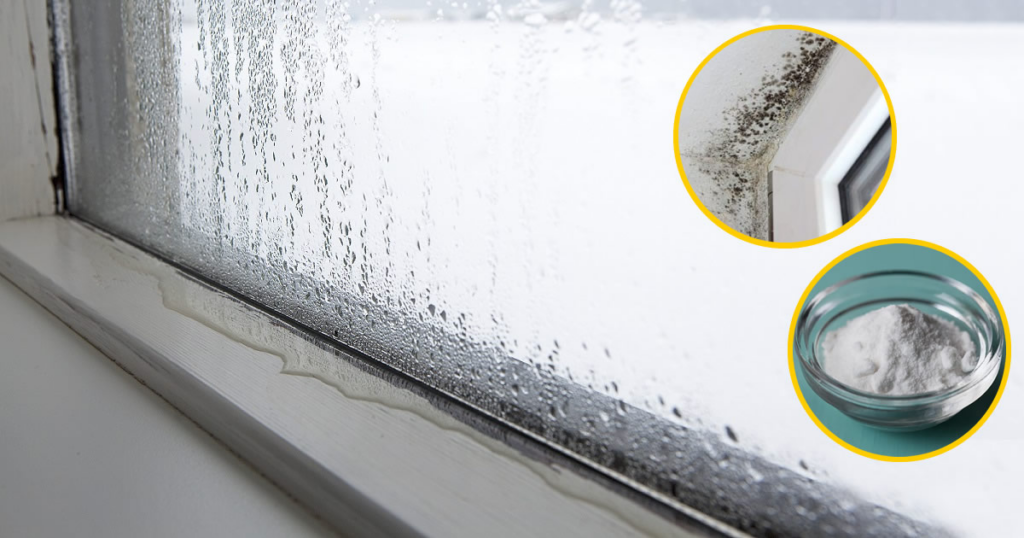
Did you know that condensation forms when humid air comes into contact with a colder surface? For this reason, it is more common to notice the problem in winter and see it on our windows.
In addition to damaging the materials the window is made of, condensation causes mold to appear on the window and walls. In this article we will explain how to get rid of them.
During winter, the cold and rain cause humidity to appear in our homes, and the problem is even more evident on the windows.
Condensation is the result of moist air coming into contact with a colder surface. The appearance of this phenomenon clearly indicates that there is excess humidity in the house.
Condensation on windows is a serious problem that must be solved at its roots. Therefore, it is necessary to identify the cause of excess humidity in the home.
- Ventilate the house daily
Condensation forms during normal actions such as taking a hot shower, opening a hot oven or boiling water.
For this reason, it is important to ventilate the house daily, to ensure that the air is renewed and the internal temperature regulates itself. For example, opening windows for 10 minutes a day or installing ventilation devices can prevent condensation from appearing on windows.
- Use extractors or dehumidifiers
If you cannot open the windows, we suggest installing a device that can help reduce humidity in the home.
Air extractor systems or dehumidifiers are the most suitable in this sense, being able to solve the problem drastically, thus reducing condensation and increasing thermal comfort inside our homes.
- Check the temperature inside the house
As we have already said, condensation appears when there is a large temperature difference between the inside and outside of the house.
For this reason we recommend maintaining an average room temperature, above 17°C, but not excessively hot. To check the temperature you can use a room thermometer.
- Renew window profiles.
If the solutions described above are not sufficient, and the home windows are very old or have a metal profile, the risk of condensation and mold in the home is much greater.
It is recommended to install a PVC profile, as it is non-conductive, it insulates and does not generate cold spots on the surface.
